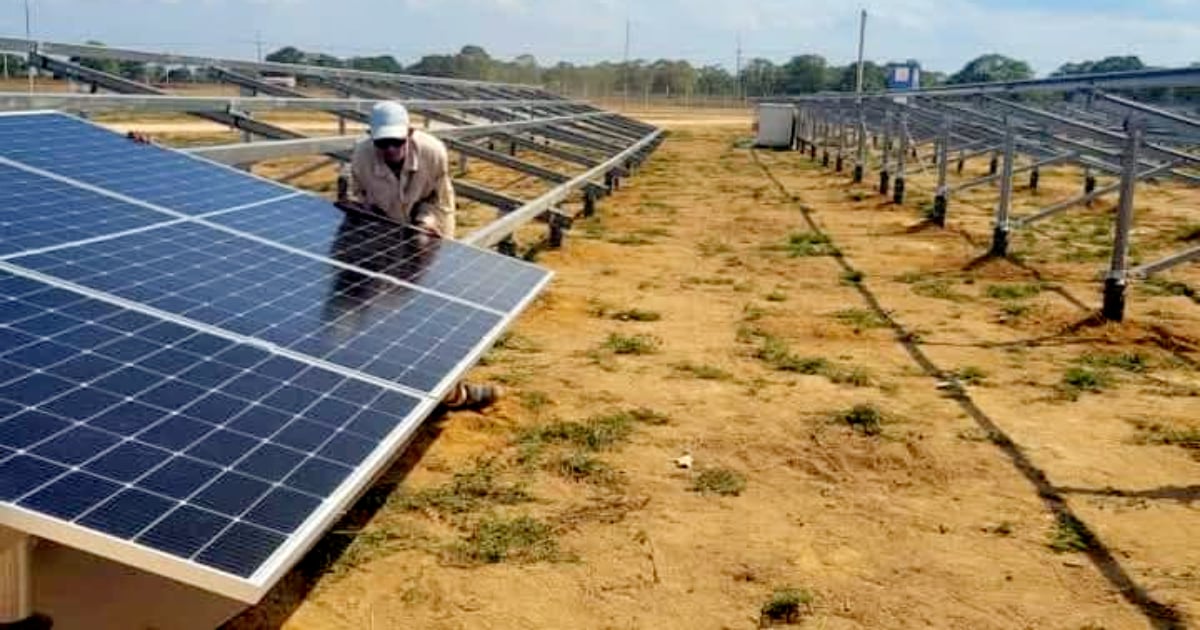Amid an unprecedented energy crisis, Cuba's Electric Union (UNE) has ramped up its media campaign promoting the construction of solar parks, releasing nine updates on its Facebook page in less than a day that highlight progress in photovoltaic projects. One notable update showcased efforts in a solar park in Camagüey, accompanied by photos and a message stating, “Solar panels are now visible at the Luaces Photovoltaic Solar Park, meeting its commitment to complete this major investment by April.”
Despite these promotions, the daily reality for Cubans remains bleak. The lack of investment in electrical infrastructure and reliance on imported fossil fuels have pushed the energy system to the brink of collapse. Currently, only six out of the 15 thermal power plants are operational, and fuel shortages prevent the use of diesel generators, worsening the crisis. The government has been forced to close schools and urge non-essential workers to stay home.
While there are efforts to push renewable energy, it accounts for less than 5% of the national energy matrix. The government has announced plans to build 55 solar parks with a total capacity of 1,200 megawatts by the end of 2025. However, the lack of investment and the inefficiency of the government under Miguel Díaz-Canel's "continuity" leadership cast doubt on the feasibility of these projects.
For over a decade, Cuban authorities have declared their commitment to transitioning to cleaner energy sources. In 2014, a policy was adopted for the development of renewable sources and efficient energy use, with an initial goal of achieving 24% of electricity generation from renewables by 2030, later raised to 37%. Yet, progress has been limited, and dependence on fossil fuels remains dominant.
In November 2024, Chinese company Hangzhou Duojia Technology expressed support for Cuba's plan to significantly increase solar energy generation, highlighting collaboration between the two countries to harness the island’s solar potential. However, experts warn that without a radical shift in the economic model and effective management, the electric sector will continue to face recurring breakdowns.
Meanwhile, the population endures prolonged power outages affecting every aspect of daily life, from food preservation to medical care. The prevailing perception is that the promotion of renewable energy projects serves more as a propaganda distraction than a tangible solution to the energy crisis plaguing the nation.
Understanding Cuba's Energy Crisis
What is the current state of Cuba's energy infrastructure?
Cuba's energy infrastructure is in a dire state, with only six of the 15 thermal power plants operational and a shortage of fuel hindering the use of diesel generators.
How significant is renewable energy in Cuba's energy mix?
Renewable energy currently makes up less than 5% of Cuba's national energy matrix.
What are the future plans for solar energy in Cuba?
The Cuban government plans to build 55 solar parks with a total capacity of 1,200 megawatts by the end of 2025.
What challenges does Cuba face in implementing renewable energy projects?
Cuba faces challenges such as lack of investment, ineffective government management, and a persistent reliance on fossil fuels.
